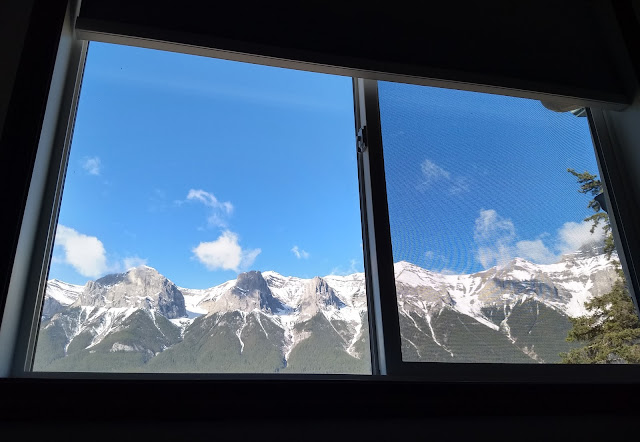Cambodia
A short flight in a tiny plane had us landing in the beautiful Cambodia.
Our first confusion was to do with money, we couldn't find anywhere to get Cambodia Riel cash before arrival and bizarrely this continued after arriving. It turns out the whilst the official currency is the Riel everybody uses US dollars. As it is a coin-free country all change less than $1 is given in Riel. This took us a while to get our heads around and made Cambodia far more expensive than Thailand for items such as drinking water and market items.
After surviving yet another hair-raising taxi ride to our hotel we headed out for dinner and enjoyed a Khmer curry with Lok Lak beef and garlic sautéed morning glory. We were much relieved to note that Cambodian food is less mad about chillies than Thailand. We then made a surprising discovery of some superb Italian gelato before browsing the night markets for souvenirs.
Up early the next morning we crossed town to the meeting point for our tour of Angkor Wat.
We got chatting to a lovely couple from Aberdeen and a very well travelled American woman. After a caffeine boost we all boarded the bus and headed toward the archaeological park with our guide Sokhom.
Sokhom told us that as he was born when the war started and lost his mother and brothers to the genocide and that he does not know the exact date of his birth. His government issued ID's each have a different date within a 4 year time frame! His tale (and the warnings to not ever wander out into the bush in case of landmines) really brought home to us how recently Cambodia had been in turmoil and how quickly it has recovered.
Our first stop was Angkor Wat city, at the centre of which is Angkor Wat temple. Though only the walls, moat and gatehouses of the city survived you can get a good feel for how big it was in its heyday. It was built in the 12th century AD over a 37 year period by the Khmer people.
Sadly it was invaded 2 decades later by the Cham people from Ha Long bay area (now Vietnam) and left largely deserted. The original structure was made purely by stacking sandstone blocks, no mortar was used. The fact it it still largely intact today is a real testament to the skill and knowledge of the Khmer people.
The temple complex was buried under jungle growth until it was discovered by the French colonisers in the mid 19th century. Restoration began in 1908 but was hindered by the temple being used as a bomb shelter during the Vietnamese civil war and surrounded by landmines courtesy of the Khmer Rouge.
The temple was originally built as a place to worship the Hindu god Vishnu with the moat around the city edge symbolising the ocean around the universe. The temple was turned into a Buddhist temple in the 15th century then abandoned, somewhat unusually many of the Hindu statues were walled off and hidden during the conversion rather than destroyed or removed.
Despite wars and conflict the only damage suffered by the temple during the war were a few bullet holes in one bas relief. Apparently more damage was done by subsequent art thieves and looters who were responsible for the beheading and destruction of most of the statues.
Despite wars and conflict the only damage suffered by the temple during the war were a few bullet holes in one bas relief. Apparently more damage was done by subsequent art thieves and looters who were responsible for the beheading and destruction of most of the statues.
After getting some excellent photos we headed to a smaller temple to oggle at some more intricate carvings.
Lunch was a traditional Cambodian feast and we were both brave enough to try a local delicacy, stuffed frog. It's safe to say that we much preferred the taro filled crispy spring rolls!
Next up was the Prasat Ta Prohm temple, famous for having been featured in the Tomb Raider films. These ruins had been claimed by the local trees and the roots draping over the walls really added to its air of mystery and age.
After entering the ancient city of Angkor Thom we headed to the Prasat Bayon temple, renowned for its multiple towers with face carvings. Each tower has 4 faces, each facing a different way and each representing a different benevolent emotion of the king at the time.
Sadly time has worn away the gilding and artwork which once made the emotions easy to read however none of the beauty was lost.
Around the temple were scores of macaque monkeys who were clearly profiting from visiting tourists.
There had been rumour of a traditional dance show with buffet dinner later that night so we joined forces with two other members of the group, Caz and Lisa, for the evening. The dances were amazing, the multitude of geckos highly entertaining and the food delicious.
Full of good vibes we all headed out for another explore of the markets, some massages and more gelato.
Thanks to such a wonderful night we left Cambodia on a high the following day, full of excitement for the next leg of our travels, Vietnam.























Comments
Post a Comment